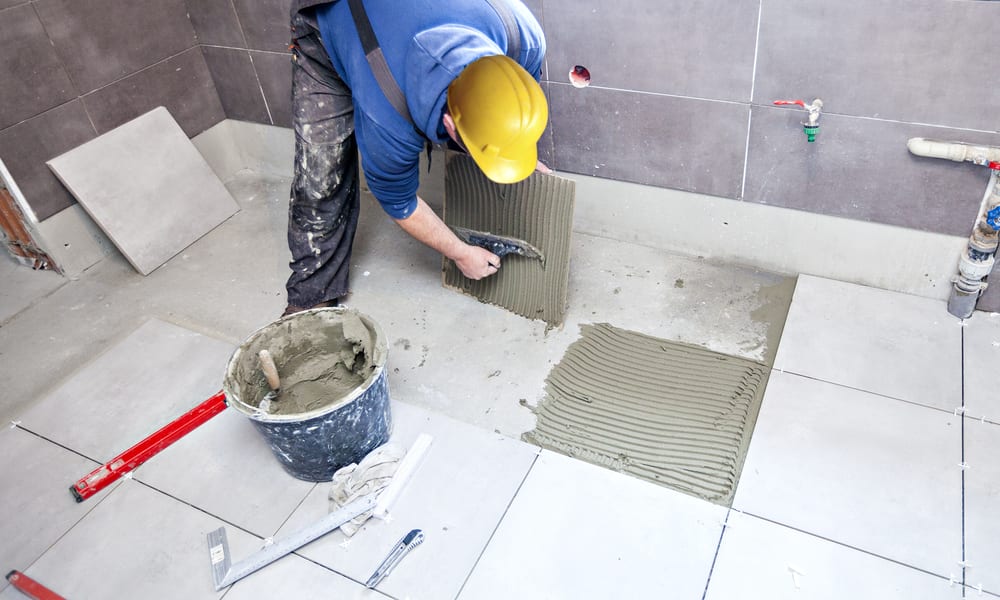Preparing a renovation budget that lenders will support
A lender-ready renovation budget balances realistic cost estimates, documentation, and contingency planning so financing applications proceed smoothly. This teaser highlights key areas lenders review, such as scope, permits, contractor plans, and how to present equity and repayment ability to improve underwriting outcomes.

Preparing a renovation budget that lenders will support starts with a clear scope and realistic numbers that match contractor bids, permitting expectations, and contingency buffers. Lenders review both the cost plan and how you will repay: they look at the project’s estimated value impact, your equity, and documentation such as contractor contracts and permits. A practical budget helps underwriting assess eligibility and reduces delays during appraisal, escrow, and disbursement.
Estimating renovation costs and contingency
Begin by listing every component of the remodeling project: materials, labor, permits, inspections, and temporary living costs if applicable. Obtain at least two detailed bids from licensed contractors to compare line-item estimates and request references for similar work. Build a contingency of 10–20% for unforeseen issues—older homes often reveal hidden problems such as structural or wiring issues that raise costs. Include permit fees, possible code upgrades, and any design or engineering fees so your budget reflects the total scope a lender will expect to see during underwriting.
How lenders view remodeling and equity
Lenders evaluate how the renovation will affect the property’s post-project market value and how much equity you’ll have afterward. For home equity loans or lines, lenders calculate loan-to-value (LTV) using an appraisal that reflects planned improvements. Document current equity, anticipated finished value supported by comparable sales or contractor estimates, and a clear statement of how funds will be used. This helps underwriters confirm eligibility and reduces the chance of adjustments during the appraisal process.
Financing, interest, amortization, and repayment
Different financing products change monthly repayment and total interest paid, which lenders will review to judge repayment capacity. Fixed-rate home equity loans offer predictable amortization, while HELOCs may start with interest-only payments and have variable rates later. Unsecured personal loans usually carry higher interest but faster approval. When preparing your budget, model repayment scenarios including interest, amortization length, and potential rate changes so lenders can see a realistic debt-service picture tied to your income and credit profile.
Contractor selection, permits, and appraisal
Choose licensed, insured contractors who provide detailed written contracts including scope, timeline, milestones, and payment schedule; lenders commonly request copies during underwriting. Verify that required permits are identified and included in the budget—unpermitted work can cause an appraisal to exclude value or trigger lender conditions. Coordinate with your contractor to prepare materials the appraiser needs, such as before-and-after elevations, specifications, and photos, so the appraisal can accurately estimate post-renovation value and support underwriting decisions.
Escrow, disbursement, and contractor payments
Plan for how funds will be held and released: many construction loans and some equity products use escrow or draw schedules tied to project milestones. Lenders usually require inspections before each disbursement to confirm completed work. Include inspection fees, escrow fees, and timing gaps where you may need to cover interim contractor payments. Clearly outline the draw schedule and how change orders will be handled; documented procedures for disbursement reduce disputes and speed the funding process through escrow and underwriting.
Pricing insights and real-world provider comparison
Real-world costs vary by region, project complexity, and credit profile. Below is a concise comparison of common financing sources homeowners often consider for remodeling, with typical cost estimations and notes. Use these entries as starting points—verify current offerings directly with each provider since rates and terms can change.
| Product/Service | Provider | Cost Estimation |
|---|---|---|
| Home equity loan / HELOC | Wells Fargo | APR often ranges from roughly 5–9% for borrowers with strong credit; fees may apply |
| Home equity loan / HELOC | Bank of America | APR commonly around 6–9% depending on LTV and credit; variable vs fixed options available |
| Personal loan (unsecured) | LightStream (a Truist product) | Typical APR range 6–14% depending on creditworthiness; shorter terms increase payments |
| Personal loan (unsecured) | SoFi | Typical APR range 7–15% with possible autopay discounts; terms vary 3–7 years |
| Personal loan (marketplace) | LendingClub | Typical APR range 9–18% depending on credit; peer-to-peer origination may include fees |
Prices, rates, or cost estimates mentioned in this article are based on the latest available information but may change over time. Independent research is advised before making financial decisions.
Conclusion
A lender-ready renovation budget combines detailed contractor bids, permit and inspection allowances, conservative contingency, and a clear repayment plan tied to the chosen financing product. Present organized documentation—contracts, permits, equity calculations, and an appraisal-ready scope—to help underwriters confirm eligibility and streamline escrow and disbursement. Keeping cost estimates realistic and transparent improves the likelihood that lenders will support your remodeling plan and minimizes surprises during underwriting and project execution.






